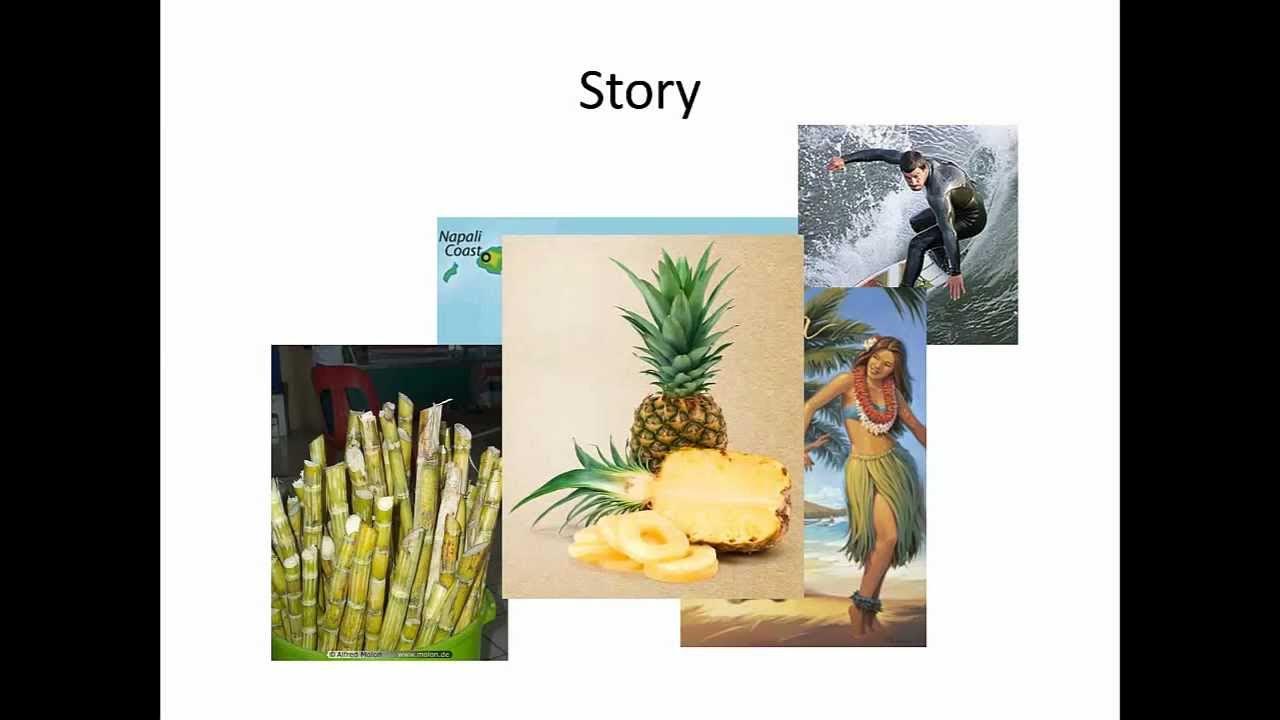14.1 Transportasi Dalam Rantai Pasok (1)
Summary
TLDRThis video discusses the role of transportation in supply chains, focusing on different modes such as air, trucking, rail, and water. It explores the strengths and weaknesses of each transportation method, considering factors like cost, flexibility, infrastructure, and reliability. The importance of efficient transportation in ensuring smooth supply chain operations is emphasized, alongside the impact of transportation choices on product delivery and economic indicators. Additionally, the video highlights challenges such as scheduling, fuel costs, and maintenance, offering a comprehensive look at how transportation shapes global and domestic supply networks.
Takeaways
- 😀 Transportation is crucial in the supply chain to move goods from suppliers to manufacturers and consumers.
- 😀 Different transportation modes—air, truck, train, sea, pipeline, and intermodal—each have unique advantages and disadvantages.
- 😀 Air transport is fast and reliable but expensive due to fuel and maintenance costs, suitable for high-value goods.
- 😀 Truck transport is highly flexible and widely used, but faces challenges like high fuel costs and scheduling constraints.
- 😀 Rail transport is cost-effective for large quantities of goods over long distances but requires high infrastructure investment.
- 😀 Sea transport is the most economical for bulk goods over long distances but slower and impacted by weather and port congestion.
- 😀 Pipeline transport is reliable and continuous but only suitable for liquid goods like oil and gas.
- 😀 Intermodal transport combines multiple transport methods, offering flexibility and efficiency.
- 😀 Choosing the right transportation mode depends on factors like cost, speed, reliability, and the nature of the goods being transported.
- 😀 Infrastructure maintenance and policy regulations play a significant role in optimizing transportation efficiency.
- 😀 Effective transportation planning requires careful consideration of route optimization, customer needs, and delivery schedules.
Q & A
What is the primary focus of transportation in supply chains?
-The primary focus of transportation in supply chains is the movement of goods from suppliers to manufacturers, and from factories to retailers. It involves transferring raw materials, semi-finished goods, and finished products across various locations, making it a critical component of supply chain management.
Why is transportation considered a significant cost in supply chains?
-Transportation is considered a significant cost because products are rarely produced and consumed at the same location. The movement of goods between different areas, such as raw material sources, manufacturing sites, and distribution points, incurs substantial costs, including fuel, labor, infrastructure, and maintenance.
What are the main types of transportation modes used in supply chains?
-The main transportation modes used in supply chains include air transport, trucking, rail, sea (water) transport, and pipelines. Each has its own characteristics and is chosen based on factors like distance, cost, type of product, and speed of delivery.
What is the role of air transport in supply chains?
-Air transport plays a key role in moving high-value, time-sensitive, or perishable goods over long distances quickly. While it offers speed, it comes with high operational costs, particularly for fuel, aircraft maintenance, and airport infrastructure.
What are the advantages and disadvantages of trucking in supply chains?
-Trucking offers flexibility and the ability to access remote or diverse locations, making it one of the most versatile modes. However, it has higher costs due to fuel and maintenance, and its efficiency can be affected by traffic conditions and road infrastructure.
How does rail transport function in supply chains, and what are its limitations?
-Rail transport is primarily used for large volumes of bulk goods over long distances. It is cost-effective for heavy and large commodities but has limited flexibility in terms of routes and scheduling. Additionally, the high initial investment in rail infrastructure is a significant limitation.
Why is sea transport often chosen for international shipping in supply chains?
-Sea transport is typically chosen for international shipping because it is highly cost-effective for large, bulk shipments, especially across long distances. However, it is slower than air or trucking transport and is subject to potential delays due to weather or port congestion.
What is the purpose of pipeline transport in supply chains?
-Pipeline transport is used for the continuous movement of liquids and gases, such as oil, gas, or water. It is an efficient and reliable mode of transport for these specific goods but is limited in terms of the types of products it can carry.
What factors should be considered when designing an optimal transportation strategy?
-When designing an optimal transportation strategy, businesses should consider factors such as cost vs. speed, infrastructure availability, product type (e.g., perishability or security requirements), and the environmental impact of transportation options. Balancing these factors helps in choosing the right mode of transport.
What impact does transportation have on the global economy, especially in terms of GDP?
-Transportation significantly impacts the global economy as it supports the movement of goods and services, which contributes to a country's GDP. Efficient transport networks facilitate trade and commerce, boosting productivity and economic growth. For example, in the U.S., trucking is a major contributor to GDP, reflecting its importance in domestic and international supply chains.
Outlines

Этот раздел доступен только подписчикам платных тарифов. Пожалуйста, перейдите на платный тариф для доступа.
Перейти на платный тарифMindmap

Этот раздел доступен только подписчикам платных тарифов. Пожалуйста, перейдите на платный тариф для доступа.
Перейти на платный тарифKeywords

Этот раздел доступен только подписчикам платных тарифов. Пожалуйста, перейдите на платный тариф для доступа.
Перейти на платный тарифHighlights

Этот раздел доступен только подписчикам платных тарифов. Пожалуйста, перейдите на платный тариф для доступа.
Перейти на платный тарифTranscripts

Этот раздел доступен только подписчикам платных тарифов. Пожалуйста, перейдите на платный тариф для доступа.
Перейти на платный тарифПосмотреть больше похожих видео

Introduction to Supply Chain Management, Transportation

What is Logistics & Logistics Management | What are Modes of Transport | How to select TransMode

Transportation in logistics.

Definition and Concept of Multimodal Transport

MODAIS DE TRANSPORTE - RODOVIÁRIO, FERROVIÁRIO, HIDROVIÁRIO, AEROVIÁRIO, DUTOVIÁRIO, INTERMODAIS

Introduction to 5 mode of transportation
5.0 / 5 (0 votes)
